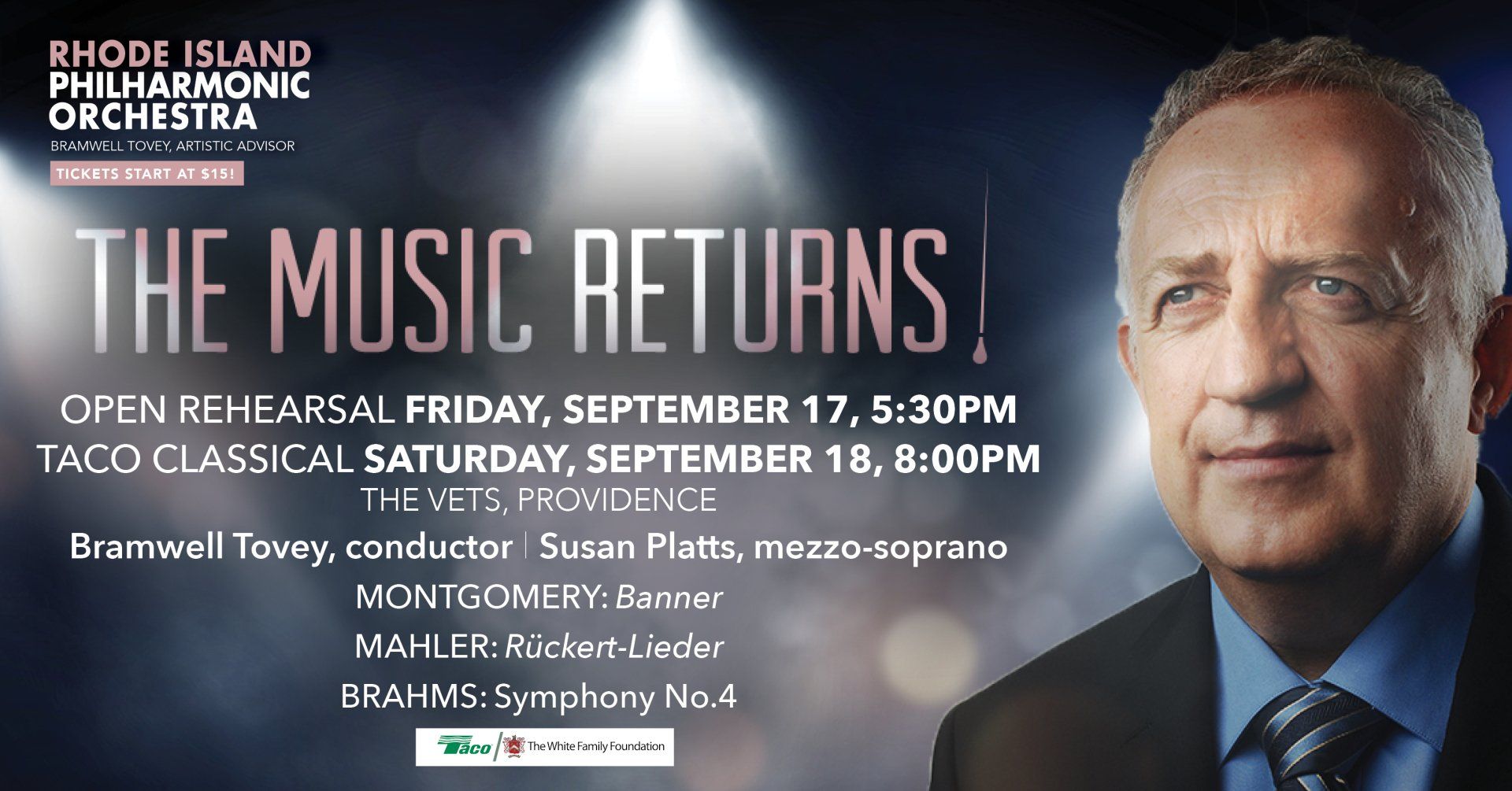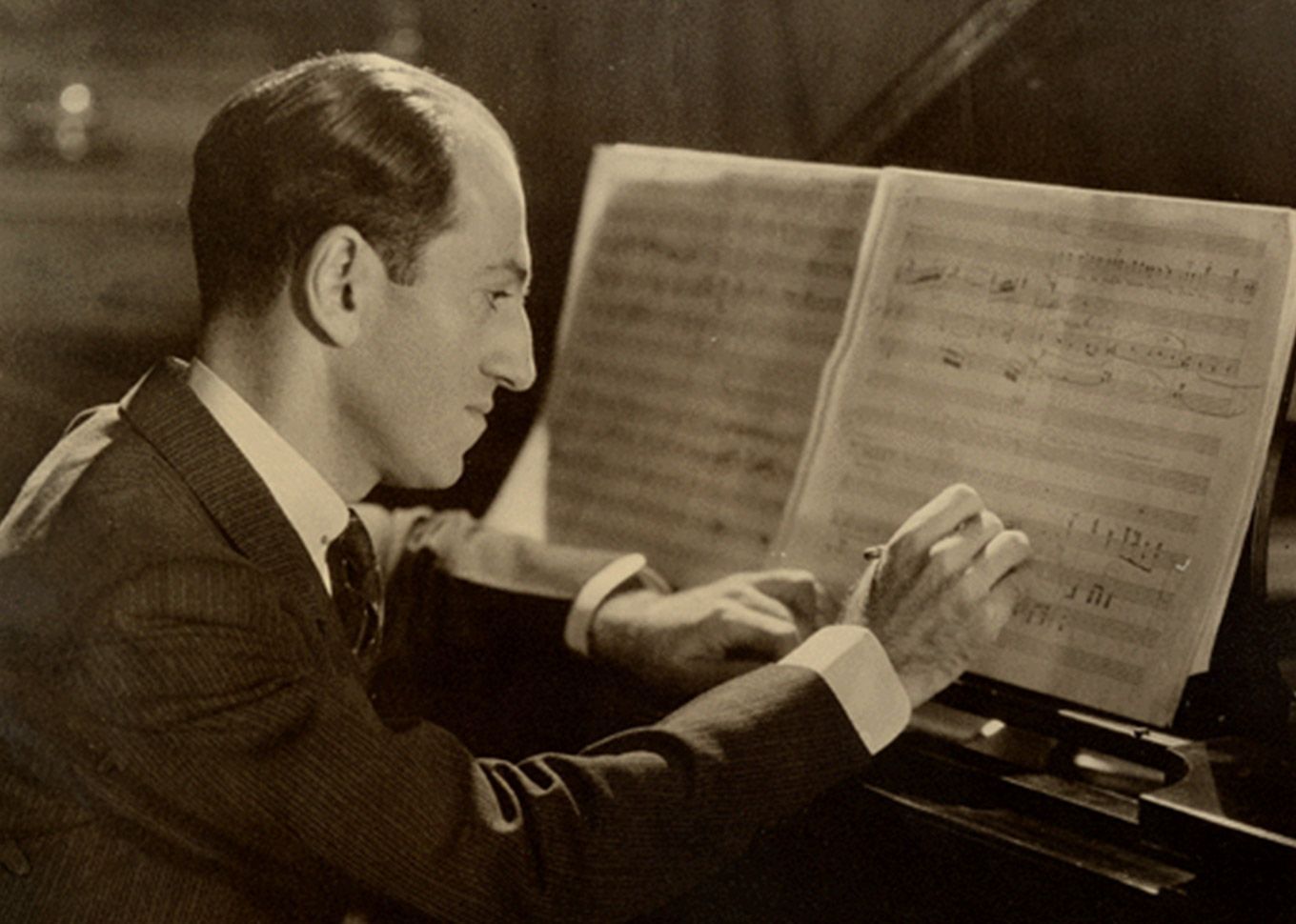THE STORY BEHIND: Brahms' Symphony No.4
Share
On September 18, Bramwell Tovey and the Rhode Island Philharmonic Orchestra will present the Opening Night concert of their 2021-2022 season with mezzo-soprano Susan Platts.
Title: Symphony No.4, op.98, E minor
Composer: Johannes Brahms (1833-1897)
Last time performed by the Rhode Island Philharmonic:
Last performed September 21, 2013 with Larry Rachleff conducting. This piece is scored for flute, piccolo, two oboes, two clarinets, two bassoons, contrabassoon, four horns, two trumpets, three trombones, timpani, percussion and strings.
The Story:
During the summer of 1885 at the summer retreat of Mürzzuschlag, and just one year after completing his Third Symphony, Johannes Brahms set to work on his fourth and final symphonic essay. That year he completed only the first two movements, which he kept secret until the following summer. At that point, he wrote the finale and then the third movement. Ever skeptical of his own work, Brahms played a four-hand piano version of it for a handful of friends before releasing the orchestral score for performance. The composer himself conducted the premiere with Hans von Bülow’s Meiningen orchestra, and to Brahms’s surprise, the symphony was a success with the public.
What to listen for: One of the most powerful features of the Fourth Symphony is its economy of means. Terseness is obvious right from the first theme: a graceful, expansive musical idea built on just two notes, which Brahms turns upside down and extends to generate nearly the entire theme. After a bit, listen for a distinctive rhythmic idea in the background. It has something of a Spanish flavor. This idea becomes important later in the movement.
The opening of the second movement is also simple and economical. This movement has been placed among Brahms’s greatest orchestral statements. Listen for some subtle medieval qualities in this music. In contrast to the slower outer sections of the movement, Brahms provides a rhythmically active middle section.
The reserve and control of the first two movements are put aside in the third: rugged music that recalls the boisterous humor of Beethoven. Brahms subtly enhances the music’s joviality by adding a triangle for this movement only.
Brahms’s Fourth Symphony harks back to the 18th century in many respects. The most obvious connection is the theme for the last movement, which Brahms selected and adapted from J.S. Bach’s Cantata No. 150. This is not exactly a “theme” per se, but a sequence of chords, which provides the underpinning for the musical cycle of variations that follows. As in Bach, Brahms’s variations flow organically from one to another and are organized into three large sections. Listen for the slower pastoral middle section, which provides relief from the harmonic intensity and orchestrational power of the first section. An elaborated reprise of the theme announces the forcible concluding section, which ends the symphony in a terse yet powerful final variation.
Program Notes by Dr. Michael Fink © 2021 ALL RIGHTS RESERVED
Tickets start at $15! Click HERE or call 401-248-7000 to purchase today!








